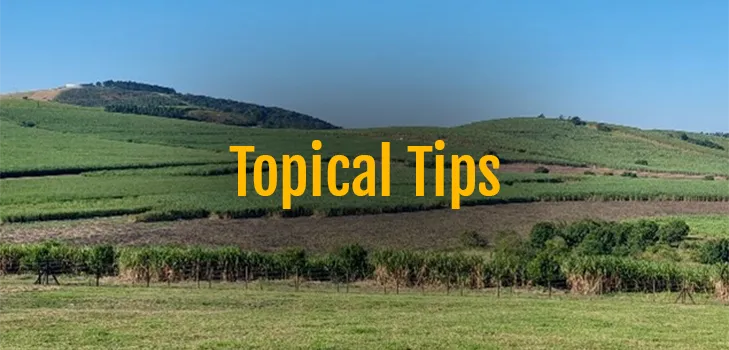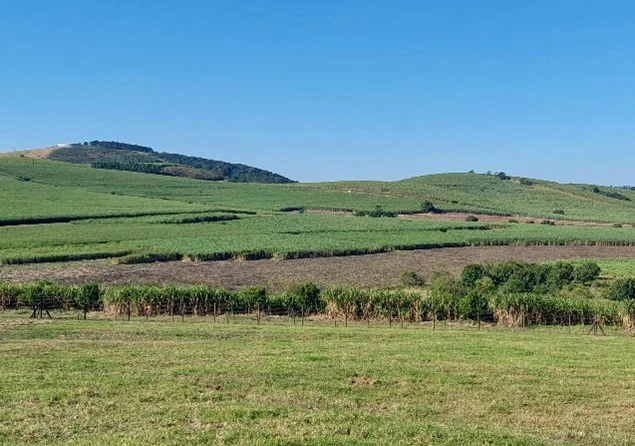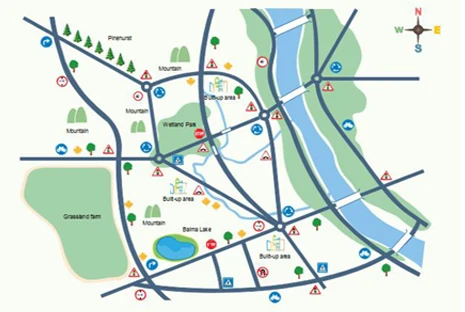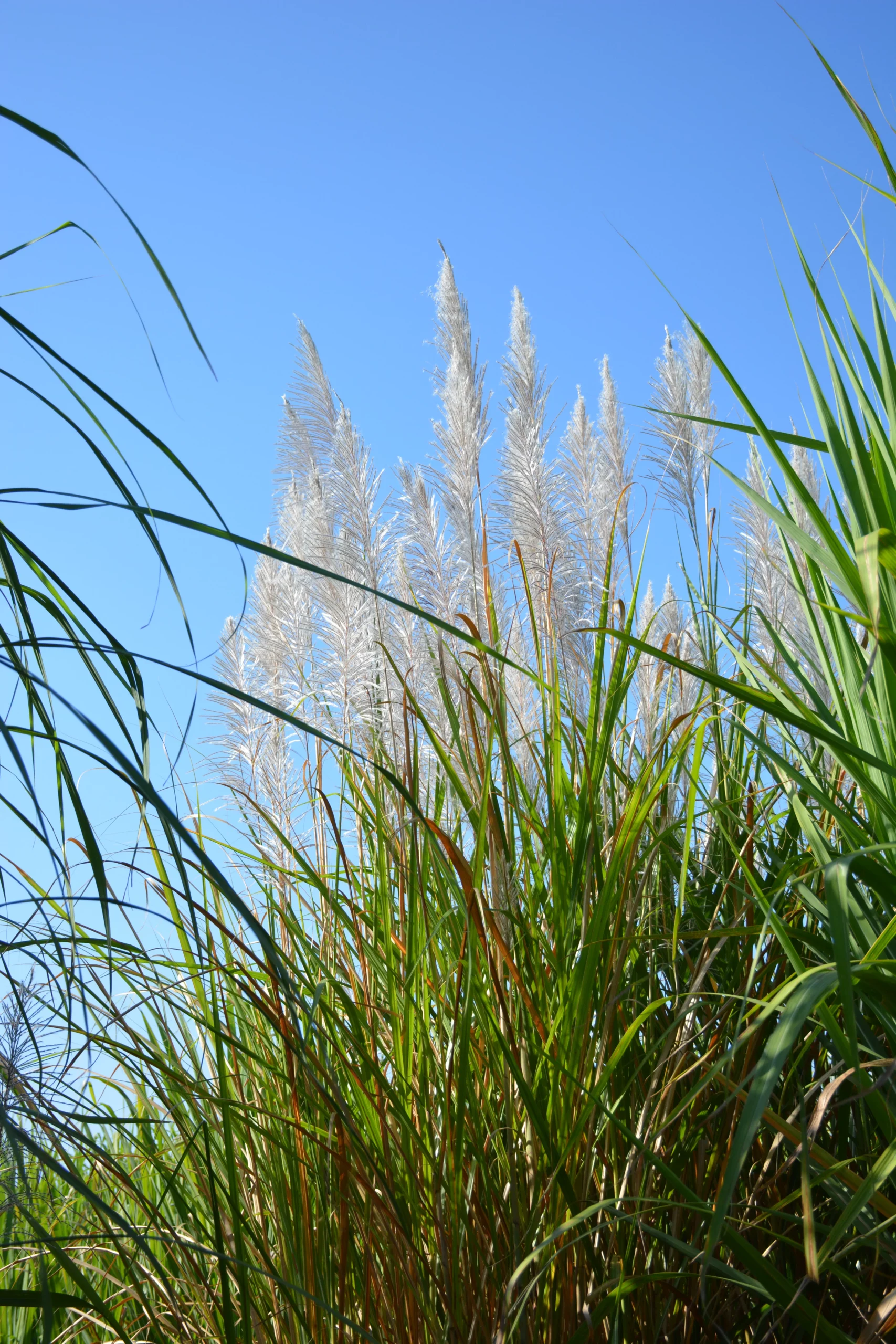


Ruth Rhodes (Extension Specialist, Zululand South) and Jan Erasmus (Extension Specialist, Malelane)
19th May 2025
The drier winter months lie ahead. This represents a change in harvesting conditions, so pay attention to topping height. Winter is also the best time to maintain roads and conservation structures such as waterways.
- Pay attention to topping height: unripened cane should be topped lower in summer/autumn and higher in winter.
- Take advantage of the drier winter months to implement the next step of your land use plan, and to improve and maintain your roads, drains and waterways.
- Take soil samples after harvest, particularly in fields to be replanted; remember to order and apply your lime in good time.
- Plan your land prep operations for your farm nursery and other replant fields, which will have to begin soon.
- Seedcane orders for 2026 will soon be open; plan your replanting schedule for next year so that you are prepared for your order.
Land Use Planning, Conservation Structures and Maintenance
- If you have a land use plan (LUP), take advantage of the drier months to implement some of the recommendations. If you do not have a LUP, consult your Extension Specialist for assistance and advice.
- Road and drain maintenance are important tasks that should be incorporated into your programme plan.
- With all the good rains received this season, many fields have become waterlogged, resulting in washaways and sometimes dongas. Winter is a perfect opportunity to reshape conservation structures, including waterways, to ensure correct width and to grass them. Remember – your waterways are not meant to be used as roads, as this can result in gully erosion. See the Waterways article in this edition of The Link.
- Replant fields on hills should be planned for a strip replant programme, i.e. do not plan to replant whole hillsides. The heavy rains this season have reinforced the importance of strip planting and harvesting to minimise soil erosion on slopes.
- When re-establishing contour banks in replant fields, try to build according to the recommended specifications in terms of contour bank height. The more intense storms we have been experiencing lately result in increased levels of run-off, which under-designed structures will fail to handle.
- The dry season will begin soon. Check all your firebreaks and firefighting equipment to ensure that they are adequate and safe.
Soil Sampling and Crop Nutrition
- Be ready to apply agricultural lime to those fields that need it. Take soil samples from harvested fields and follow the FAS recommendations. Remember, all plant fields in dryland areas should be sampled to depth to ensure that subsoil acidity is fully dealt with before replanting.
- In the cooler, drier areas of the industry, nitrogen (N) application during late autumn and winter can lead to N losses when the crop is not actively growing. Plan to apply the bulk of your N when the spring rains start.
Seedcane and Replanting
- Your farm nursery should be free of volunteers and ready for planting your seedcane in 2025. It is important to note that tillage of the nursery site, other than to eradicate the crop and to plant the cover crop, is not permitted six months prior to planting. All lime applications must therefore be carried out at the beginning of the fallow period.
- Seedcane orders for 2026 will soon be called for. Start thinking about your medium-term replanting strategy and what varieties you plan to order. Plan now where your 2026 certified seed will be planted – a fallow period of at least 12 months is required.
- Remember that by 2028, all seedcane should be sourced from a certified or approved source. For more information on this please refer to our article on Seedcane.
General
- Pay attention to your topping height. Unripened fields should be topped lower in summer/autumn (especially with our exceptional growing conditions at the moment), to avoid sending low-sucrose biomass to the mill. Ripened, and winter-harvested fields, can be topped higher. This will have a big effect on your fibre and non-sucrose milling results.
- The flower initiation period occurred during March. Check the flowering index to determine the likelihood of flowering in your area and use it to modify your harvest programme accordingly.
- Brown and tawny rust season has started. Keep an eye on your fields and consult your Extension Specialist if you are considering spraying for rust.
- The latest SUSFARMS® Progress Tracker is available on the SASRI website. Contact Extension for assistance in completing this self-tracker for the year ending February 2025.




